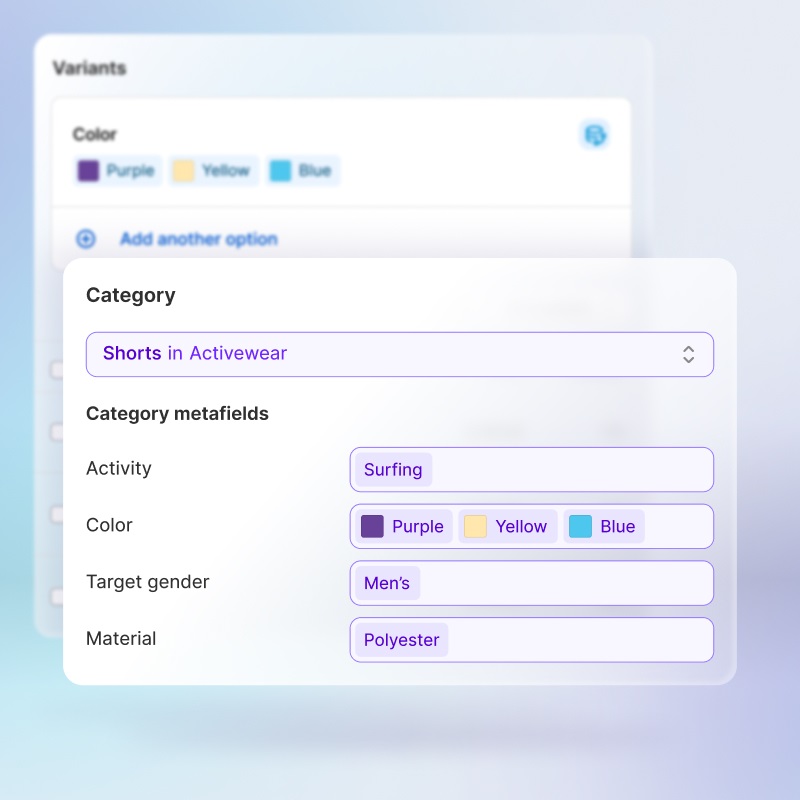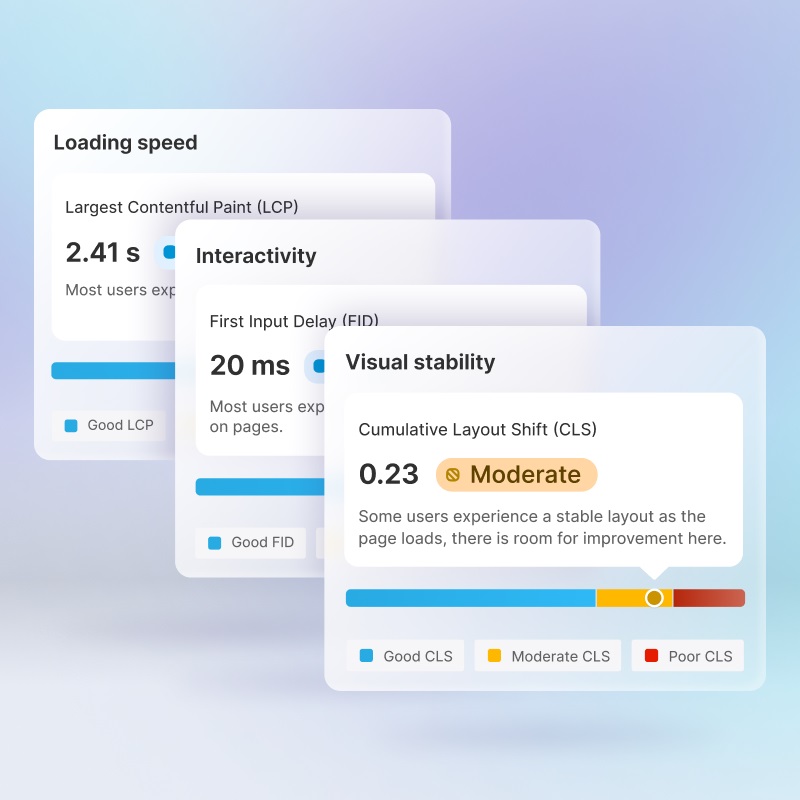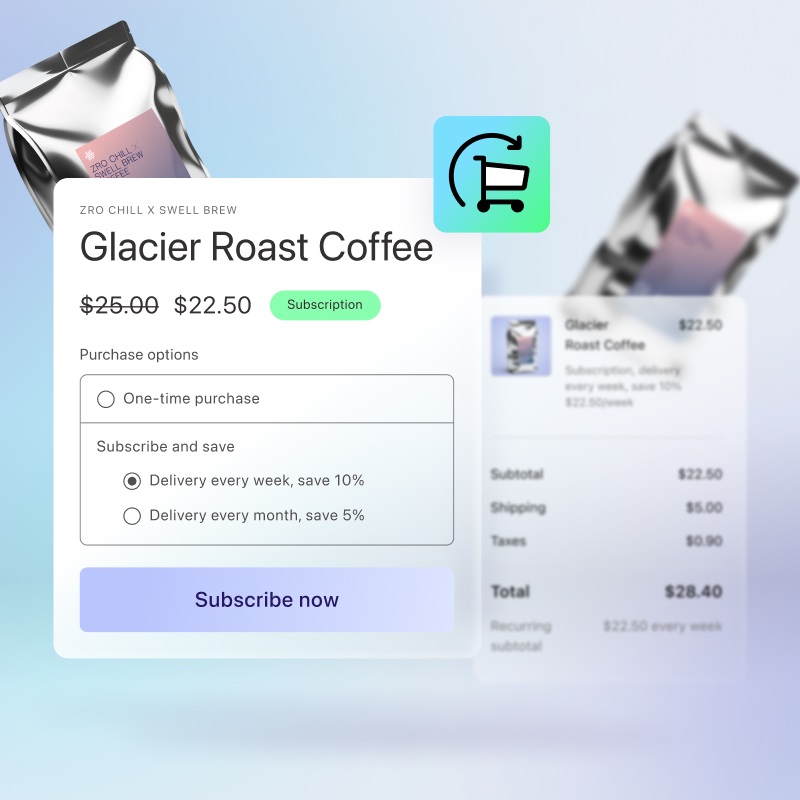Shopify has unveiled a major set of 100+ platform updates, with new features that help retailers convert more buyers, sell on more channels, and operate efficiently.
Recent Shopify research found that more than half (53%) of retailers are focused on customer-centric strategies to retain loyalty during the cost of living crisis, with two-thirds (66%) stating customer experience is a key driver of growth.
Shopify managing director for Asia Pacific, Shaun Broughton said, “The demands of commerce are constantly changing, and Shopify is moving fast to keep our merchants at the forefront of innovation. The release of our Winter ’24 Edition will help our merchants grow their businesses, while providing them with the strong foundations that are fundamental to success.”
Merchandising updates
New GraphQL APIs increase Shopify’s variant limit from 100 to 2,000 per product to help merchants with complex product catalogues and colour, size, and SKU options. If a merchant has a product that comes in multiple variations, buyers can now purchase any of them from a single product listing. Each variation will have its own description, media gallery, and descriptive URL.

Shopify’s new taxonomy reduces the time and effort it takes merchants to create product listings. The new Category card on the product page automatically applies category-specific product attributes (like colour or size) across different variants so merchants don’t have to do it manually.
Improved storefront performance
With Shopify’s new web performance dashboard, merchants gain clear indicators of buyer experience across three industry standard Core Web Vitals, empowering them with the insights they need to improve their store.

Over the past year, Shopify’s infrastructure is 35% faster and global points of presence have been expanded, so no matter where merchant’s customers are shopping from, they get a fast experience within 50 milliseconds of anyone on the internet.
Enhanced search functionality
Traditional keyword search – commonly used in many online storefronts – lacks the flexibility that buyers experience when formulating search queries elsewhere. To bridge this gap, Shopify has made advancements to storefront search and continues to invest in this area.
The Semantic Search AI-powered tool understands a shoppers’ intent, returning richer, more relevant search results. For example, if a customer types “warm clothes for winter”, the algorithm will recognise they’re looking for sweaters, beanies and woollen socks, even though they didn’t use those specific keywords.
New native subscriptions app
Shopify Subscriptions is a new, free app that gives merchants an easy way to set up and manage subscriptions directly from Shopify admin. By lowering the barrier to entry, more merchants will be able to try subscriptions and see if it’s a right fit for their business.

Optimised checkout
Shopify Checkout claims to be the best-converting online checkout for businesses of all sizes. Recognising the importance of a fast and simplified checkout experience, Shopify unveiled a suite of new checkout tools to optimise checkout and drive higher conversions.
Shopify has completely redesigned its out-of-the-box checkout and streamlined the experience from three pages to one. This has reduced buyer completion time by four seconds, while infrastructure improvements continue to accelerate checkout loading speed.

Shopify has alsoadded 14 new APIs and updates to customise checkout, plus more than 90 new apps that unlock features like upsells, loyalty programs, post-purchase surveys, conversion tracking, and custom content.
A new Checkout Sheet Kit tool embeds a merchant’s fully customised web checkout in their mobile app, without the need to rebuild the experience for mobile.
Unified commerce platform
Ecommerce B2B sales are worth an estimated $7.7 trillion globally – more than double the size of DTC and is expected to grow 18% annually until 2030. Australia is estimated to reach A$45.7 billion by 2025.
In addition, 80% of all B2B sales are expected to occur online by 2025. To help merchants achieve success with B2B online, Shopify is building features that cater to large, primarily-B2B merchants throughout 2024.
As B2B ordering moves more online, merchants still need a way to sell through their sales representatives, who are part of wholesale selling. New staff permissions make it possible for merchants to assign sales reps to B2B customers, allowing them to place orders and view customer information for only their assigned customers.
With this Edition, merchants can build headless B2B storefronts to offer unique experiences to their wholesale customers, while leveraging their preferred tech stack. They can also utilise Shopify’s APIs and developer tools to enable B2B checkouts, and access personalised products and prices within headless stores.

